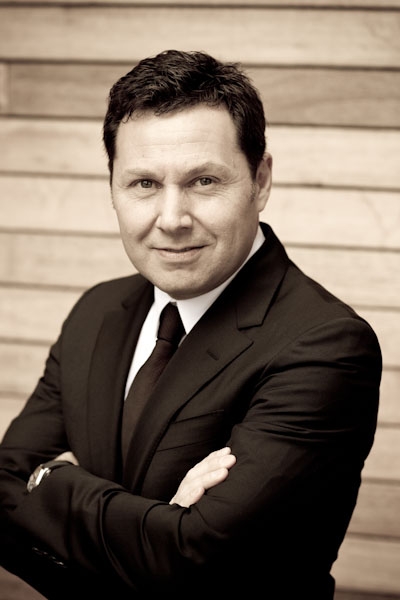While the beauty of not knowing is that it can be fixed, a complete paradigm shift is a generational proposition, and Ungar doesn’t have that kind of time.
“It doesn’t mean I’m not trying,” he laughed, but he also thinks additional strategies are needed. “I’m leveraging quality of care as a central tenet of why we need to address structural stigma,” he said, noting that building certain patient safeguards into hospital policy may be the quickest route to fulfilling the Hippocratic Oath.
A new way forward
“For it to count, we need to measure it,” Ungar noted, “and not just in egregious situations that trigger a coroner’s inquest.” Here, he recounted an instance where a patient died of a pulmonary embolism because concerns about his mental health overshadowed the physical discomfort he was experiencing.
Ungar wants to change the rules of the game, full stop. He wants hospitals to assess structural stigma against qualifiers that effectively dismantle it. “For example, if we require all patients to receive a physical exam within one day of being admitted, suddenly it doesn’t matter whether Dr. Smith thinks it’s necessary. It’s simply required.”
This kind of intervention is what Ungar refers to as a health-care system “hack”: a quick and imperfect shortcut to improve results, while the longer-term work to shift attitudes and behaviours plods along in the background.
To help health-care administrations understand, evaluate, and score structural stigma against a framework that breaks down the barriers putting treating mental illness at a disadvantage, Ungar is working with a team at the Mental Health Commission of Canada (MHCC) to create tools and new standards.
Describing this project, he said, “If we can measure and monitor those barriers and get them on a mandatory dashboard or at-a-glance report card, then a red-light indicator will scream out for attention and require a fix. I won’t have to try and advocate, negotiate, or convince others one provider at a time. I’ve had it with that.”
In fact, Ungar sees this path as a decisive way forward. “The work I’m doing with the MHCC is the most exciting of my professional career. I’m not aware of this kind of work being done anywhere else. It’s the kind of progressive, thoughtful policy shift we’ll look back on in two decades and say, ‘I can’t believe we didn’t do that sooner.’ Our current practices will seem as outmoded to our future selves as bloodletting does to us now.”
Until then, Ungar plans to continue using his considerable influence to call out stigma wherever he finds it.
“Of course I will,” he said with a laugh, “even if that means telling stories about silly garbage cans.”
Webinar
Register here for the first webinar on the MHCC’s work to combat mental illness- and substance use- related structural stigma in health care settings — to be held Tuesday, February 9, 12-1:30 p.m. ET — featuring professors Thomas Ungar, Heather Stuart, Jamie Livingston, Javeed Sukhera, and Stephanie Knaak. Participants will increase their understanding of structural stigma, learn about its sources and consequences, and gain insights into how it can be addressed.
Watch this space
In the March Catalyst we’ll be speaking with patient advocate Samaria Nancy Cardinal about the harmful effects of structural stigma users are experiencing in the health-care system.





